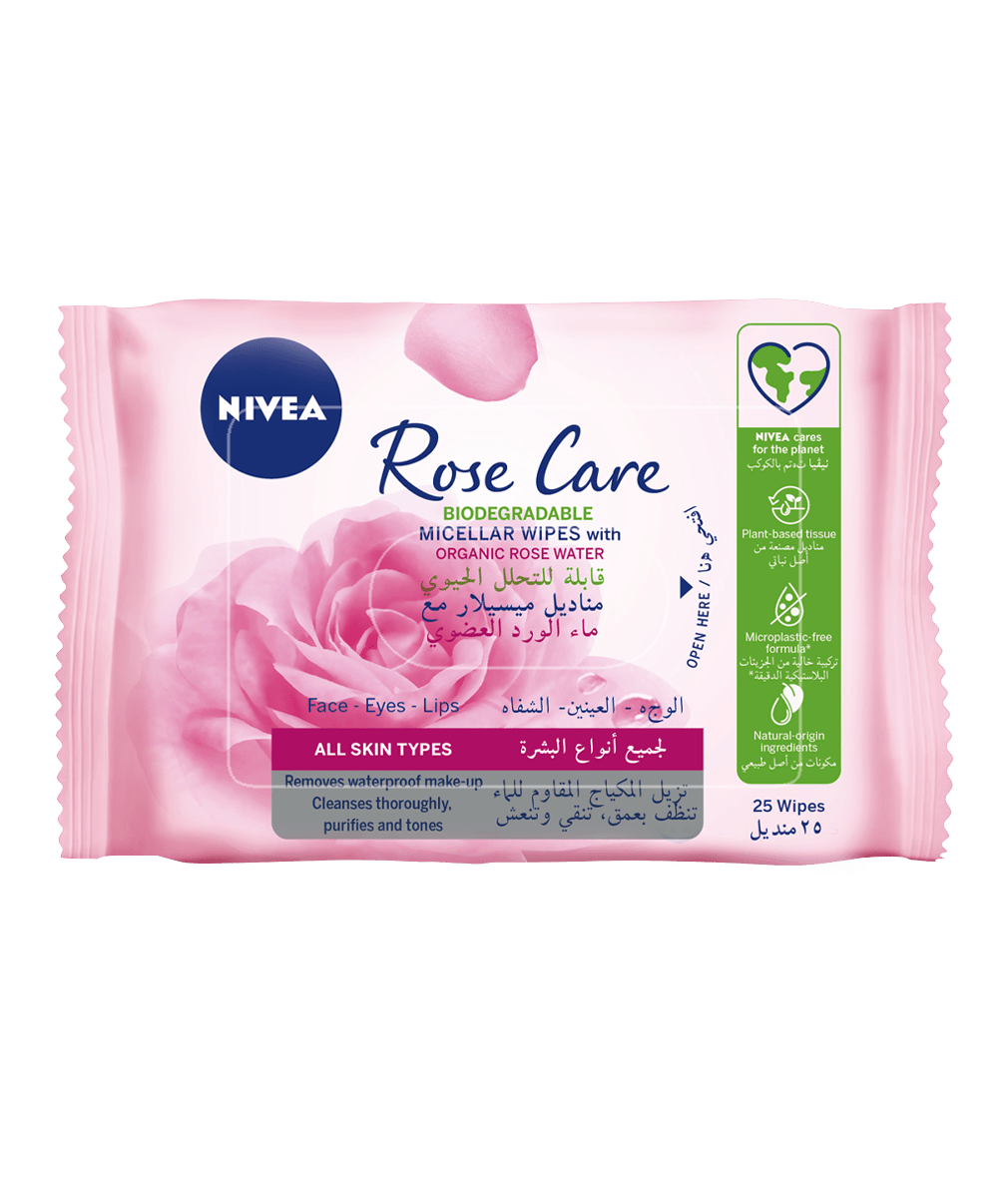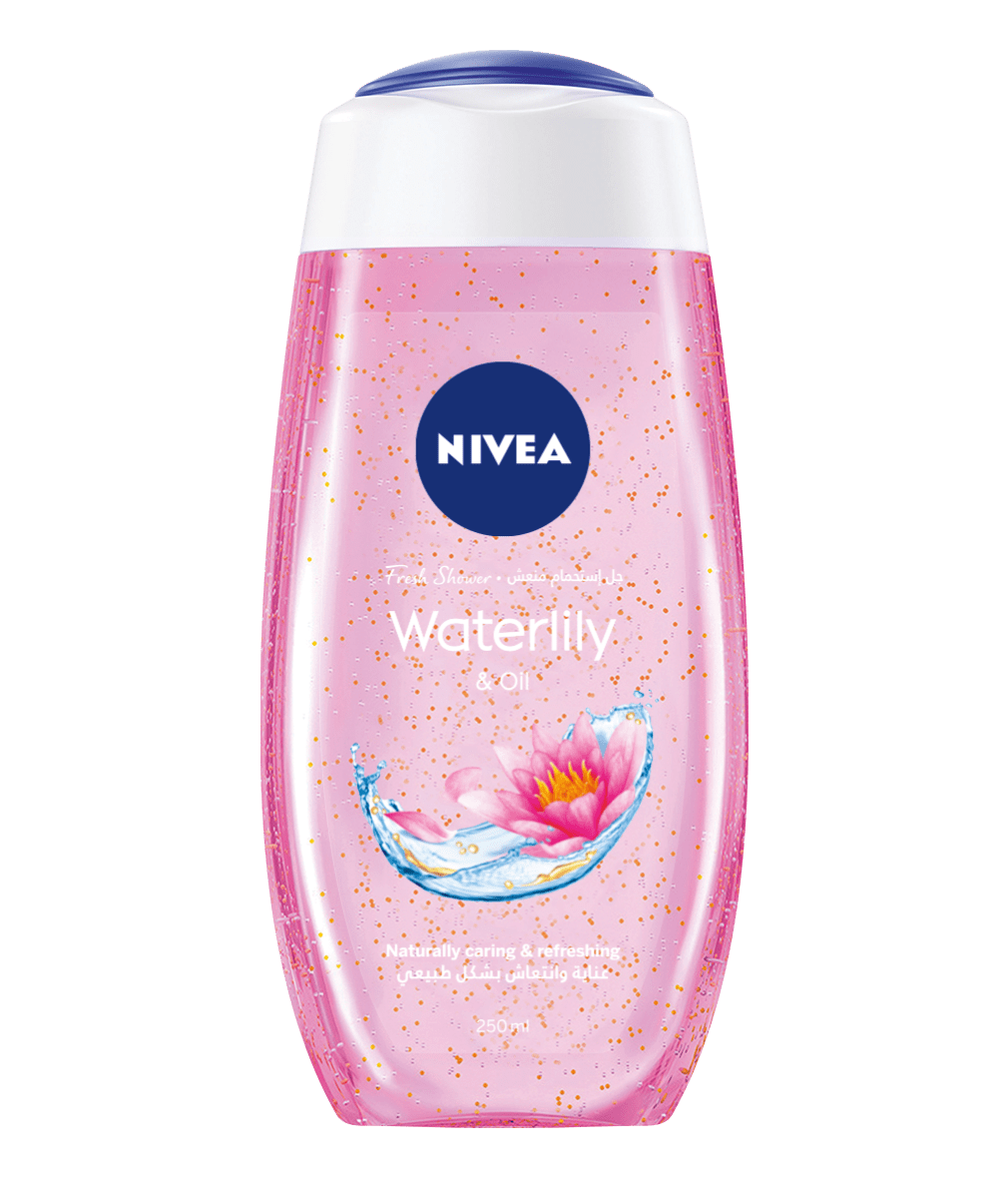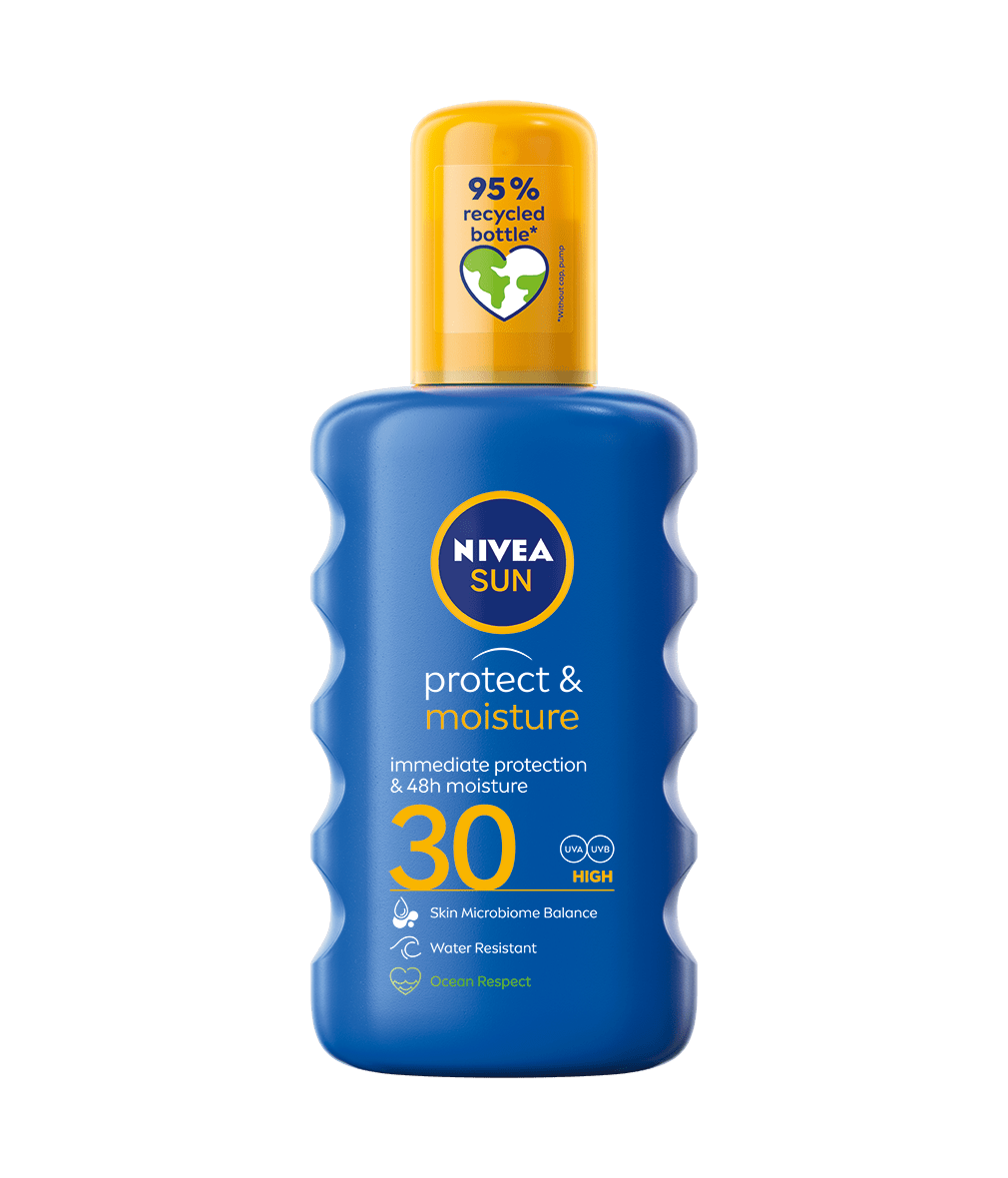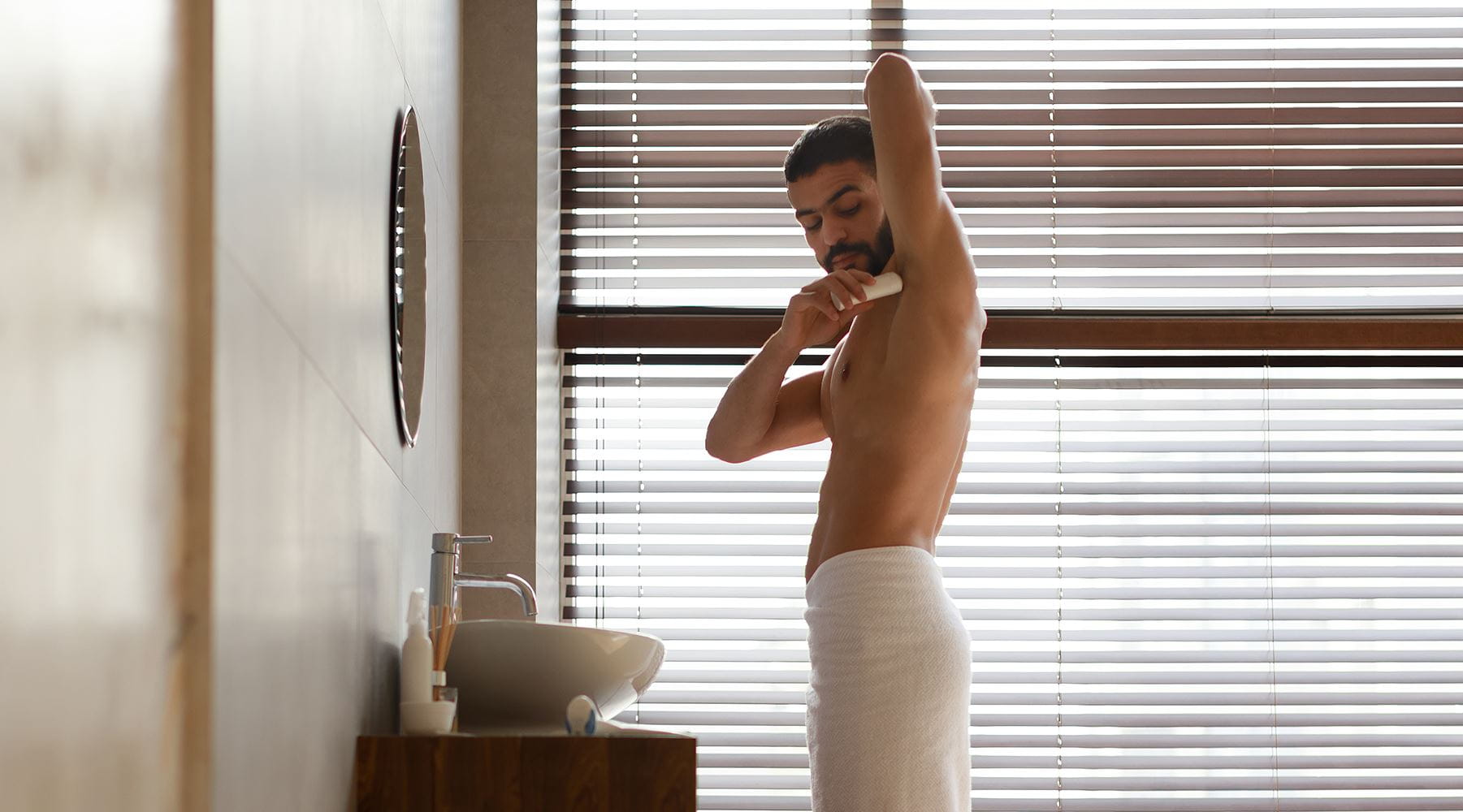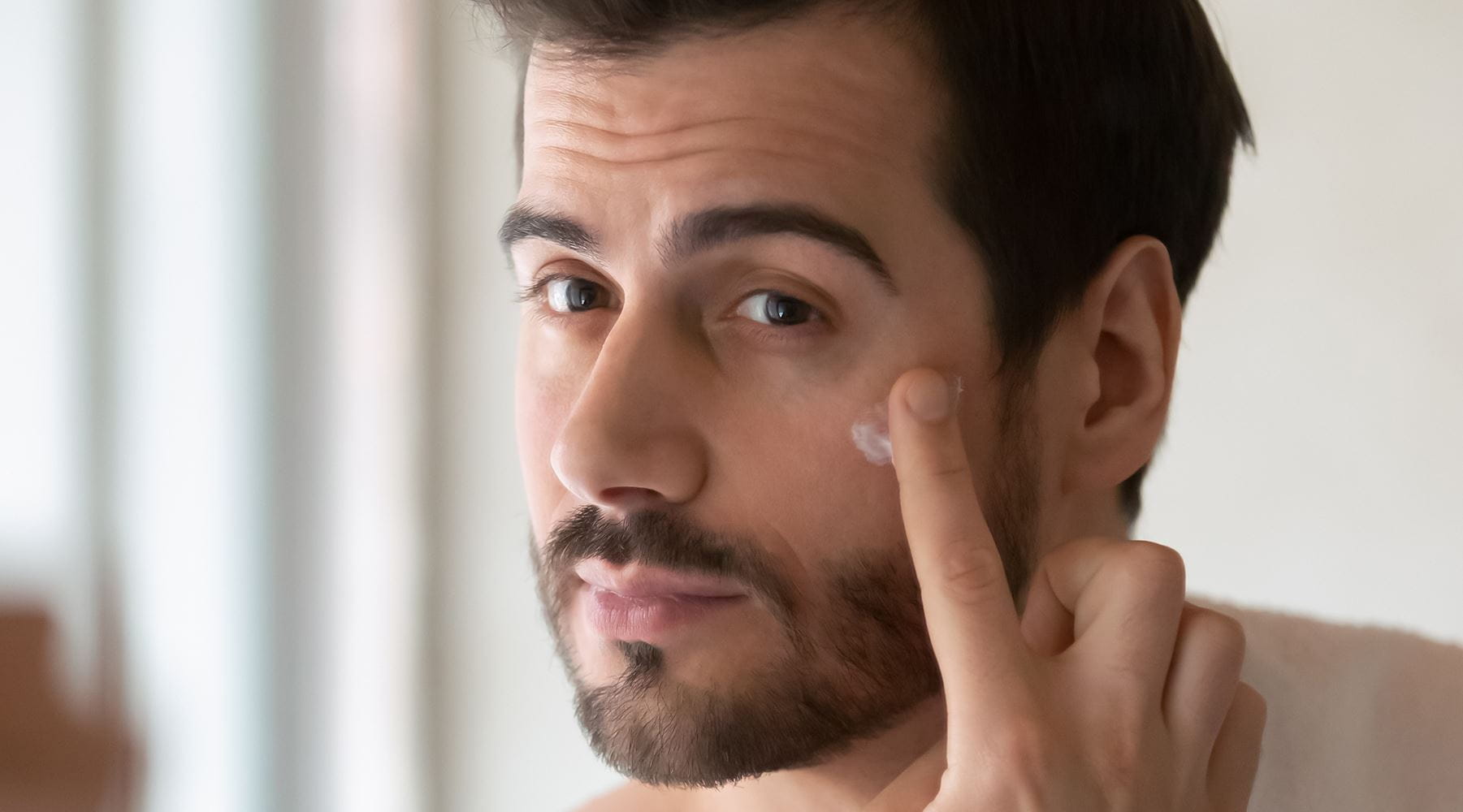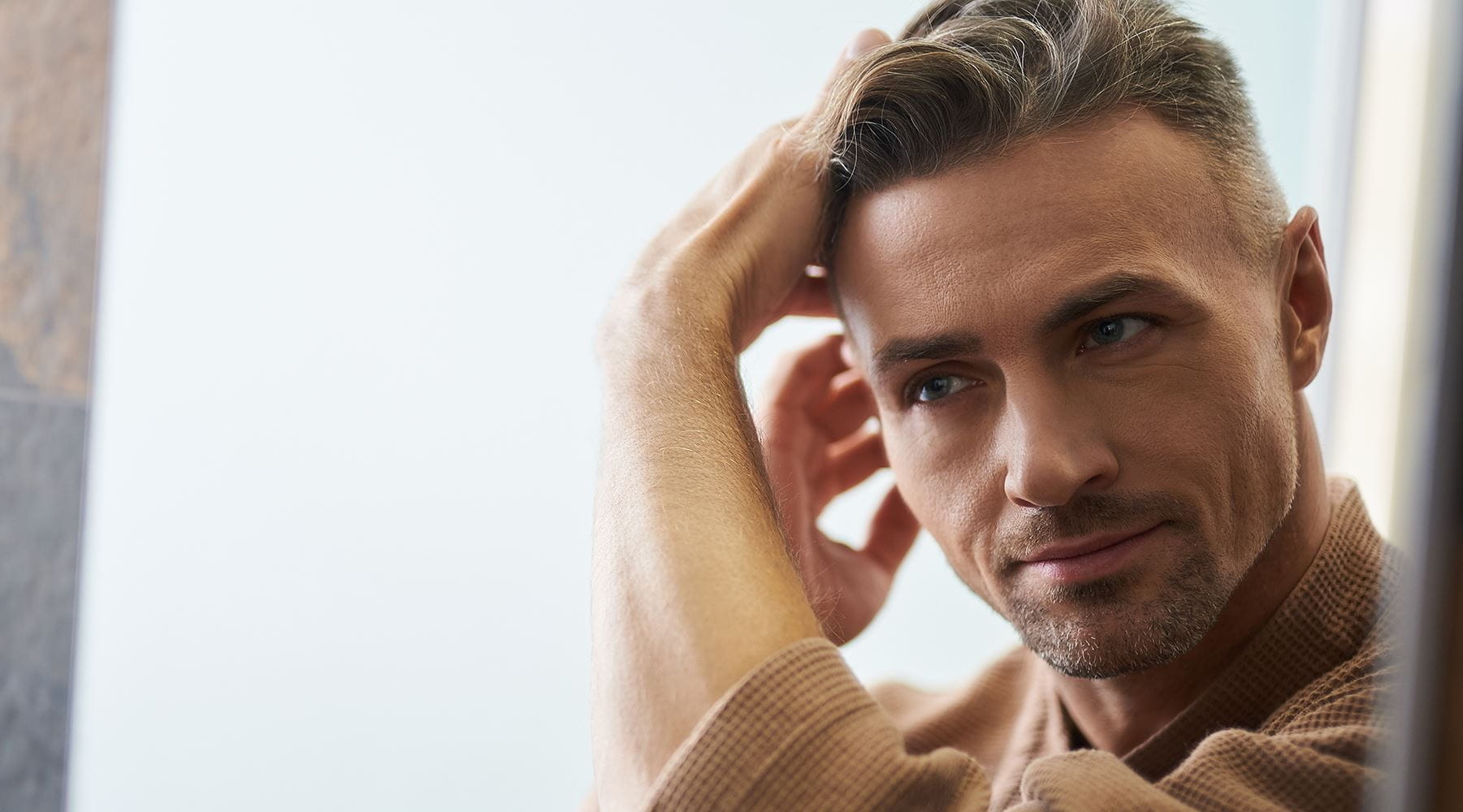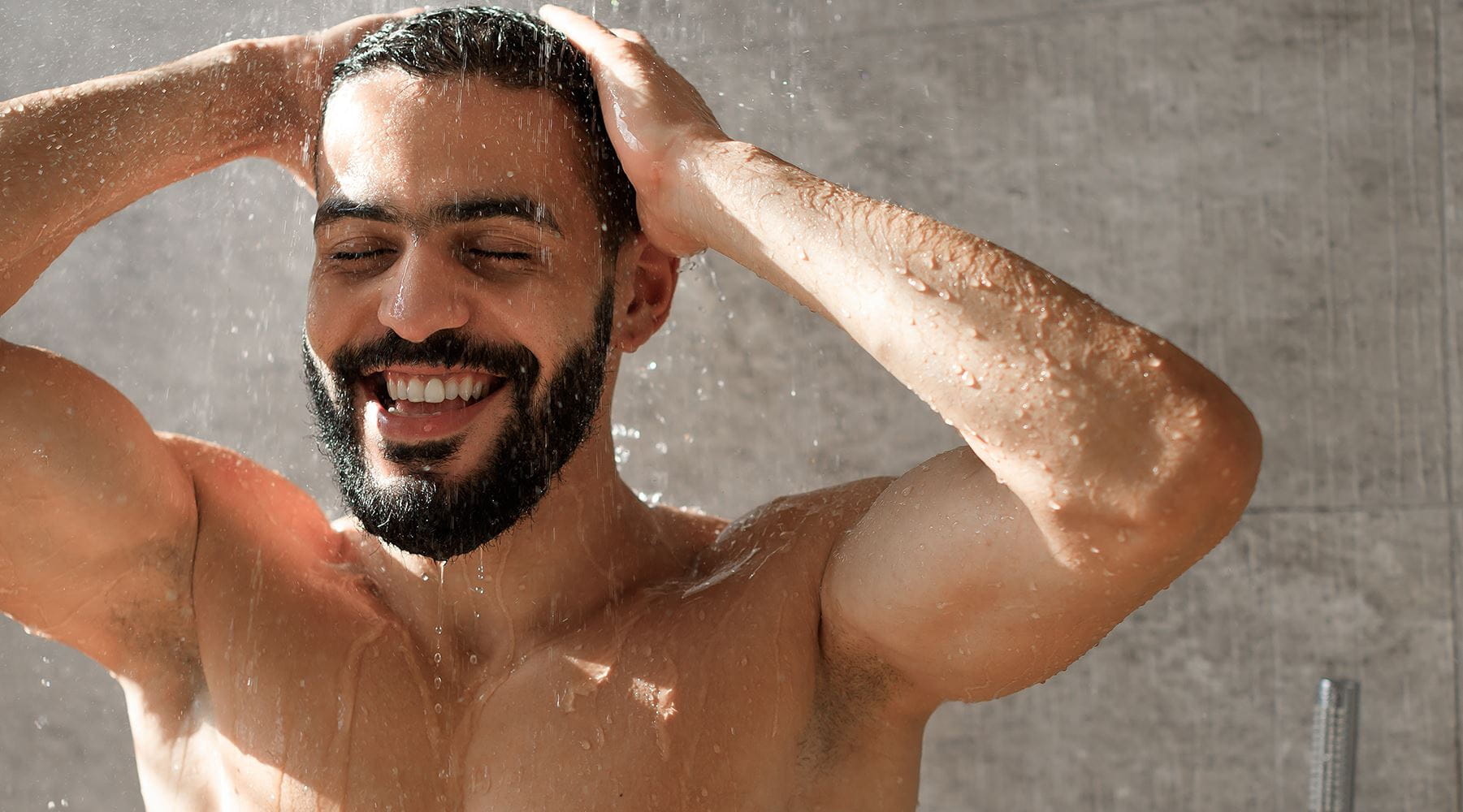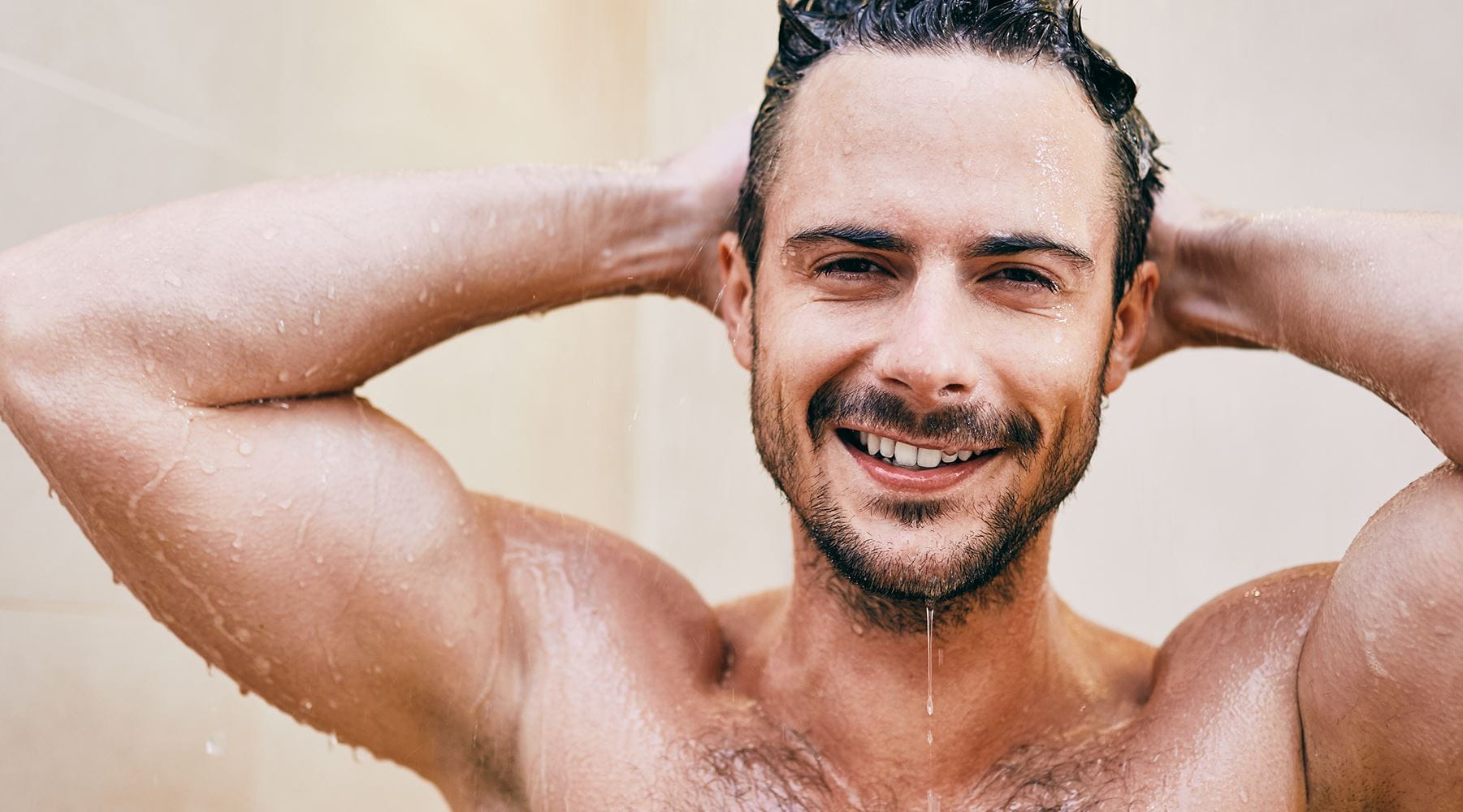Colouring or chemically straightening your hair might get you the look you’re after but it comes at a price. These aggressive processes destroy the hair cuticle, ripping into its moisture content and zapping away any natural shine and strength. Bleaching, for example, actually lifts the scales of the cuticles in order to penetrate the hair and change its colour. The more extreme the treatment (from dark hair to blond or from curly to poker straight), the more damaging it is.
It’s often safer to opt for gradual treatment, rather than use harsh chemicals to achieve an instant result. The long-term problem is that chemically treating your hair begins a vicious cycle: once you start colouring, you need to keep on ‘topping up’ every time roots appear or colour fades. If you straighten your hair, the roots will still come through curly so, like colouring, you’ll need further treatment every couple of months. For these reasons, and many more, it’s always best to consult a professional hairdresser if you’re thinking of chemically processing your hair.

